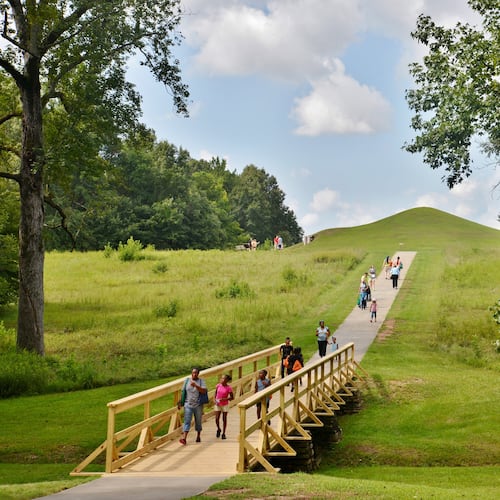Four boys assault their teacher, who later dies of her injuries.
Across the country, newspapers compete to unearth the most lurid details of the episode. It seems that the boys were annoyed with the teacher for detaining them after school. So they threw rocks and other debris at the screaming teacher, until she couldn’t scream anymore.
A modern-day example of inner-city youth violence? Hardly. It happened in the small town of Canton, Mass. — in 1870.
I thought of the Canton tragedy as I watched Attorney General Eric Holder at a press conference earlier this month about youth violence in Chicago. Standing beside Education Secretary Arne Duncan, the city’s former schools chief, Holder expressed outrage at the recent murder of 16-year-old Derrion Albert as he walked home from school. Then Holder called for a return to America’s “old-time” values.
But school violence is itself a time-honored American tradition, dating to the very dawn of the Republic. Despite our nostalgia for the good old days, America’s schools have always been disordered and violent places. And by pretending otherwise, we might miss what is truly new — and truly troubling — about our present-day predicament: In and near schools, our kids are armed with guns. “School violence” is nothing new. But handgun possession is, especially in our poorest communities.
Start with the one-room schools of the 19th century, where older boys faced off against their teachers in a brutal struggle for control. When the “big boys” got out of hand, teachers hit them with sticks, rulers and paddles.
Sometimes teachers drew blood; in rare cases, they caused permanent injury. In his first piece of published fiction, Walt Whitman described a vicious schoolteacher who kills a boy by flogging him. Whitman’s 1841 title told the whole story: “Death in the School Room (A FACT).”
But the boys fought back, too. In New Hampshire, they ripped the ruler from a violent master’s hand and threw him down an icy hillside; in Virginia, they bound another teacher hand and foot; and in Georgia, they chased a drunken teacher into the woods and covered him up with leaves.
“Such life-and-death struggles are as inseparably associated with the little red schoolhouse as they are with the ruins of the Roman amphitheater,” wrote one educator in 1894. “As the early Christians were stretched over slow fires, and stung to death by bees ... so the young man beginning a term in a new school expected to be tormented by older boys.”
In the 20th century, as larger institutions came to replace the one-room schoolhouse, more and more “older boys” attended high schools. School violence changed, too. Clustered with peers of their own age, teenagers typically fought each other rather than their teachers.
By the 1950s, they had formed gangs. Bands of working-class “toughs” or “hoods” roamed school corridors and parking lots, bullying the weak and defacing property. Most of all, they attacked one another. Across urban America, gangs “rumbled” with knives, brass knuckles and sawed-off baseball bats.
School violence would spike in the 1960s and early 1970s, echoing the overall rise of crime in American society. Increasingly, though, it involved guns. By 1991, 26 percent of high school students reported that they had brought a weapon to school in the previous 30 days; and of those students, about one-third said they had carried a gun.
Contrary to public perceptions, most forms of school violence have decreased since the 1990s. So has the reported carrying of weapons, to about 18 percent of high school students. But roughly a third of those students still carry guns, which remain the most common cause of youth homicide in America.
And when it comes to guns, the White House has dragged its feet. Although President Barack Obama promised to restore the ban on assault weapons during the 2008 campaign, he hasn’t done so yet. Nor has the administration moved to close the loophole that allows people to purchase arms at gun shows without background checks.
Such reforms would do little in themselves to reduce school violence, which more commonly involves handguns than rifles. Symbolically, however, the gun measures would show that the White House takes the issue seriously.
So would a frank admission that most of the kids who die in or near schools are victims of gun violence, not of “school violence” per se. In this sense, Derrion Albert was the exception: Caught between two rival gangs, he was beaten to death with wood planks. The killing was captured on cellphone video and posted on the Internet, where thousands of viewers have already watched it.
Historically, it blinds us to a larger truth. We’ve always had school violence, and we’ve also had youth gangs for a long time.
The new factor is gun possession. Nothing will change until we’re honest about that.
Jonathan Zimmerman teaches at New York University and is the author of “Small Wonder: The Little Red Schoolhouse in History and Memory.”
About the Author
Keep Reading
The Latest
Featured


